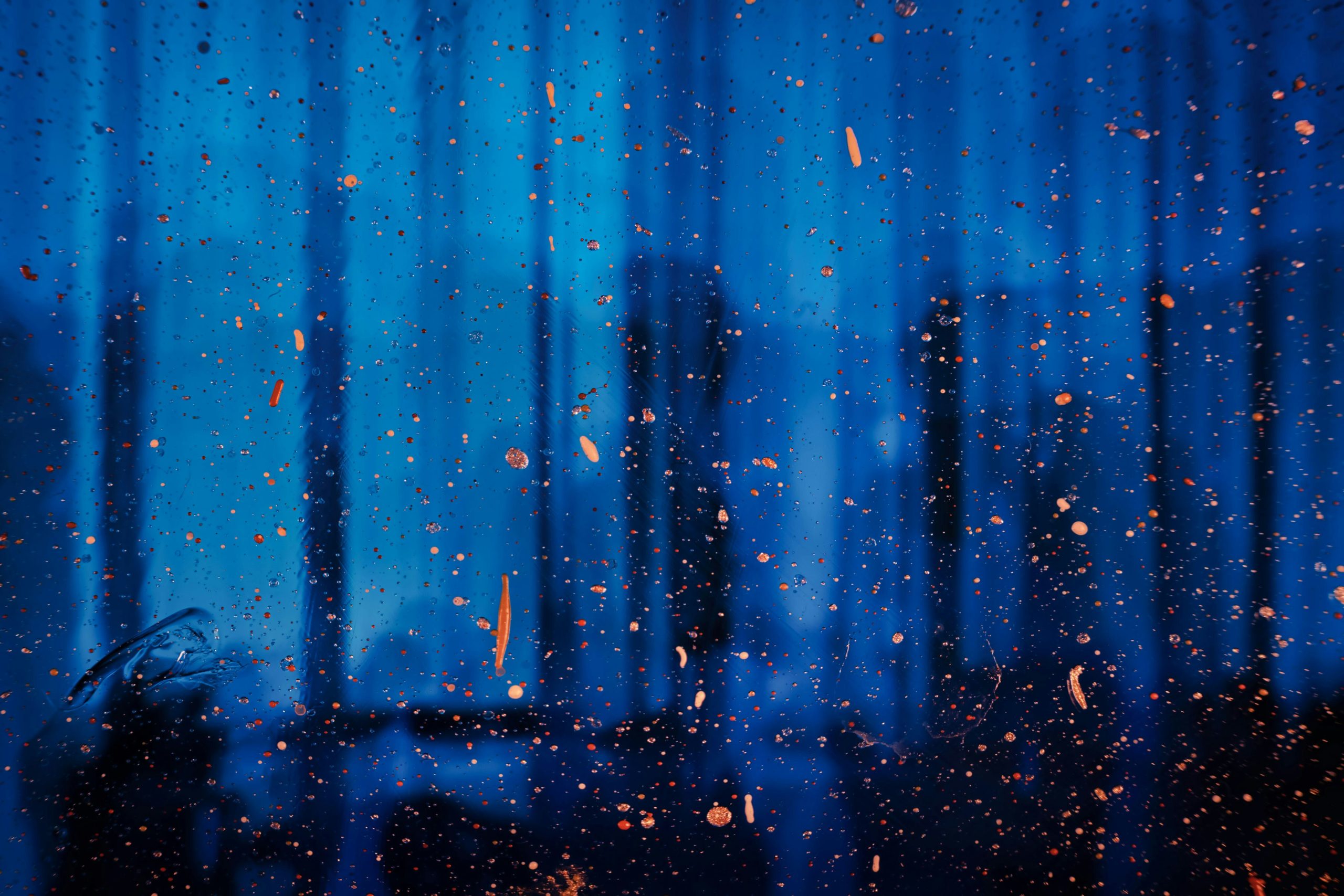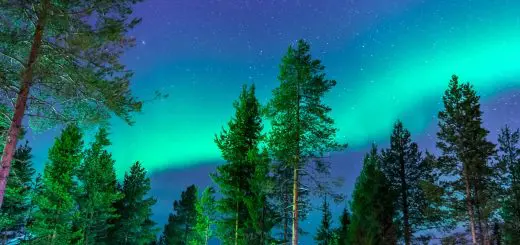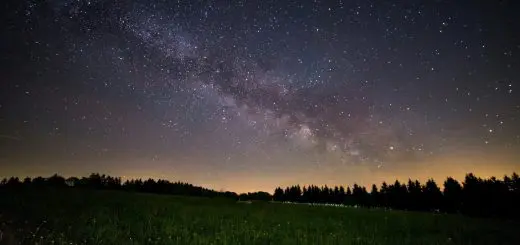What Colors Make Purple? Step-by-Step Guide

Looking for more amazing products? Check out our online store and explore our collection here! Happy shopping!
Before diving in, please note: This post is for informational purposes only. If you’d like to know more about how we approach topics, feel free to check out our friendly Disclaimer Page.
Hey there, amazing readers! 
We’re committed to delivering quality posts, and your support (even just sticking around despite the ads) means everything to us. So, bear with us, and thanks for helping us keep the good vibes rolling. Now, on to the fun stuff!
TRANSLATE BUTTON AT THE END OF THE ARTICLE
A Quick Overview
Purple is a color that evokes a sense of creativity, mystery, and even royalty.
It’s a hue that many people adore, yet not everyone knows how to create it from scratch.
In this article, I’m going to take you on a colorful journey to discover what colors make purple, while sharing tips and tricks along the way.
Whether you’re a budding artist or simply curious about colors, you’ll find something intriguing here.
Let’s dive in!
Discovering the Magic of Purple: An Introduction
Purple has a fascinating history.
It has been associated with royalty and spirituality for centuries.
Ancient civilizations treasured the color due to its rarity; it was often made from the shells of certain sea snails, which made it incredibly expensive.
Today, we can create purple easily with just two primary colors: red and blue.
But why does purple hold such a special place in our hearts?
It’s a blend of warm and cool tones, offering a balance that can be calming yet stimulating.
Think about the last time you saw a sunset painted in shades of purple or a beautiful bouquet of lavender.
That feeling of wonder often comes from our emotional connection to the color.
So, how do we create this captivating hue?
Let’s start by understanding the science behind color mixing.
The Science Behind Color Mixing: A Brief Overview
At its core, color mixing is about understanding how different colors interact with one another.
Light plays a significant role here, as colors are essentially wavelengths of light that our eyes perceive.
When we mix colors, we either add light or subtract it, depending on whether we are working with pigments or light.
There are two main types of color mixing: additive and subtractive.
Additive mixing occurs with lights (like on a computer screen) while subtractive mixing applies to pigments (like paints).
When mixing paints, we use subtractive mixing, where the combination of pigments absorbs certain wavelengths while reflecting others.
In subtractive mixing, the primary colors are red, blue, and yellow.
Mixing these primary colors together in different combinations produces a variety of secondary colors, including purple.
When red and blue mix, they create that beautiful shade of purple we all know and love.
Understanding Primary Colors: Red, Blue, and Yellow
To create purple, we need to understand the primary colors first.
Red: This bold color often symbolizes passion and energy.
It’s a warm color that can evoke strong emotions.
Blue: Blue brings a sense of calm and tranquility.
It’s cool and soothing, often associated with the sky and water.
Yellow: This sunny color represents cheerfulness and optimism.
It brightens up any palette.
These primary colors are the building blocks of all other colors.
By combining them in various ways, we can create a stunning array of hues.
For purple, we’ll focus on blending red and blue.
What Happens When You Mix Red and Blue?
Let’s experiment!
When red and blue mix, they create purple.
However, the final shade depends on the proportion of each color used.
If you use more red, you’ll get a warmer, reddish-purple, often referred to as magenta.
If you use more blue, the result will be a cooler, bluish-purple, known as violet.
Consider this: If you’re mixing paint, start with equal parts of red and blue to see the true purple emerge.
Think about stirring a pot of soup—add the right ingredients, and you’ll get a delicious flavor!
Exploring Shades of Purple: Light vs. Dark Variations
Now that you have the basics down, let’s dive deeper into the world of purple.
Did you know that purple can range from light lavender to deep plum?
The beauty of creating purple lies in its shades.
Light Purple (Lavender): This shade is achieved by adding white to your purple mix.
Lavender is soft and dreamy, often associated with calmness.
Dark Purple (Plum): To create a richer, darker purple, you simply add a bit of black.
Plum can evoke feelings of elegance and depth.
Different shades can express varied emotions.
Light purples can feel airy and lighthearted, while dark purples can convey mystery and sophistication.
Tools You Need for Mixing Colors Successfully
Before diving into mixing colors, let’s gather our tools.
Here’s what you’ll need:
Red and Blue Paints: Quality paints will yield the best results.
Palette or Mixing Surface: A smooth surface helps in blending colors.
A simple plate works fine!
Palette Knife or Brush: For mixing your paints.
White and Black Paints: To experiment with shades.
Paper or Canvas: For testing your newly created purple shades.
Having the right tools makes the process more enjoyable and helps achieve the desired results.
Step 1: Gather Your Red and Blue Paints
Let’s get started!
First, grab your red and blue paints.
I recommend using acrylic or watercolor paints, as they mix well and are easy to work with.
If you’re unsure which shades to pick, a bright primary red and a true royal blue work best for clarity.
Lay them out on your palette or mixing surface.
Step 2: Choose the Right Mixing Surface
Now that you have your paints, it’s time to select a mixing surface.
A palette is ideal as it provides a clean area.
A plastic plate or canvas board can also work.
Make sure your surface is flat and easy to clean afterward; we all know how messy mixing colors can get!
Step 3: How to Blend Red and Blue to Create Purple
Here’s where the magic happens!
Squeeze equal amounts of red and blue paint onto your mixing surface.
Use your palette knife or brush to start mixing them together.
You’ll see the colors start to swirl and blend.
Keep mixing until you achieve a uniform purple color.
Don’t be afraid to experiment.
If you feel your purple needs more warmth, add a touch of red.
If it feels too warm, add a bit of blue.
Experimenting with Shades: Adding White or Black
With your purple created, let’s start tinkering with shades!
To make your purple lighter, add a bit of white paint.
Mix thoroughly until you reach your desired lavender shade.
To create a darker purple, add a tiny amount of black paint.
Be cautious—black is potent!
A little goes a long way.
Experimenting with these shades not only enhances your skills but also unleashes your creative potential.
Fun Tips for Creating Unique Purple Shades
Here are some fun tips to make your purple experience even more enjoyable:
Try Using Different Reds and Blues: There are countless shades out there.
Mixing different reds and blues can lead to unique purples.
Mix in Other Colors: Want to try something bold?
Experiment with adding a touch of yellow or green to your purple for unexpected results.
Layering: Create texture in your artwork by layering different shades of purple.
This can add depth and dimension to your creations.
Use Different Mediums: If you’re feeling adventurous, try mixing purple with pastels or colored pencils for different effects.
Art should be a playful exploration, so let your creativity flow!
Conclusion: Embrace the Beauty of Color Mixing!
Creating purple may seem simple, but it opens up a world of artistic possibilities.
As you mix red and blue, remember the emotions and meanings behind the colors.
Let your imagination run wild!
Color mixing is an art form in itself, and every artist has their own journey.
With practice, you’ll discover your unique shades of purple and perhaps even find new colors along the way.
So grab your paints, unleash your creativity, and don’t forget to enjoy the process.
After all, art is about expressing yourself, and every splash of color brings us one step closer to understanding the beauty around us.
Happy painting!

The Enlightenment Journey is a remarkable collection of writings authored by a distinguished group of experts in the fields of spirituality, new age, and esoteric knowledge.
This anthology features a diverse assembly of well-experienced authors who bring their profound insights and credible perspectives to the forefront.
Each contributor possesses a wealth of knowledge and wisdom, making them authorities in their respective domains.
Together, they offer readers a transformative journey into the realms of spiritual growth, self-discovery, and esoteric enlightenment.
The Enlightenment Journey is a testament to the collective expertise of these luminaries, providing readers with a rich tapestry of ideas and information to illuminate their spiritual path.
Our Diverse Expertise
While our primary focus is on spirituality and esotericism, we are equally passionate about exploring a wide range of other topics and niches 

To ensure we provide the most accurate and valuable insights, we collaborate with trusted experts in their respective domains 
Our blog originally focused on spirituality and metaphysics, but we’ve since expanded to cover a wide range of niches. Don’t worry—we continue to publish a lot of articles on spirituality! Frequently visit our blog to explore our diverse content and stay tuned for more insightful reads.
Hey there, amazing reader! 
Check out our store here and take a peek at some of our featured products below! Thanks for being awesome!
















